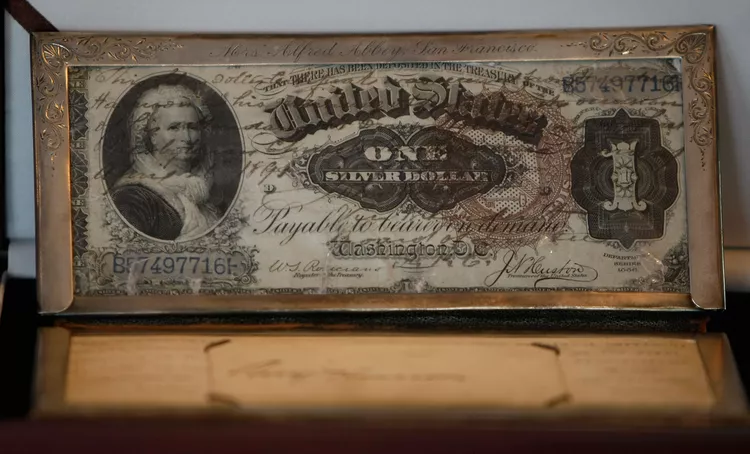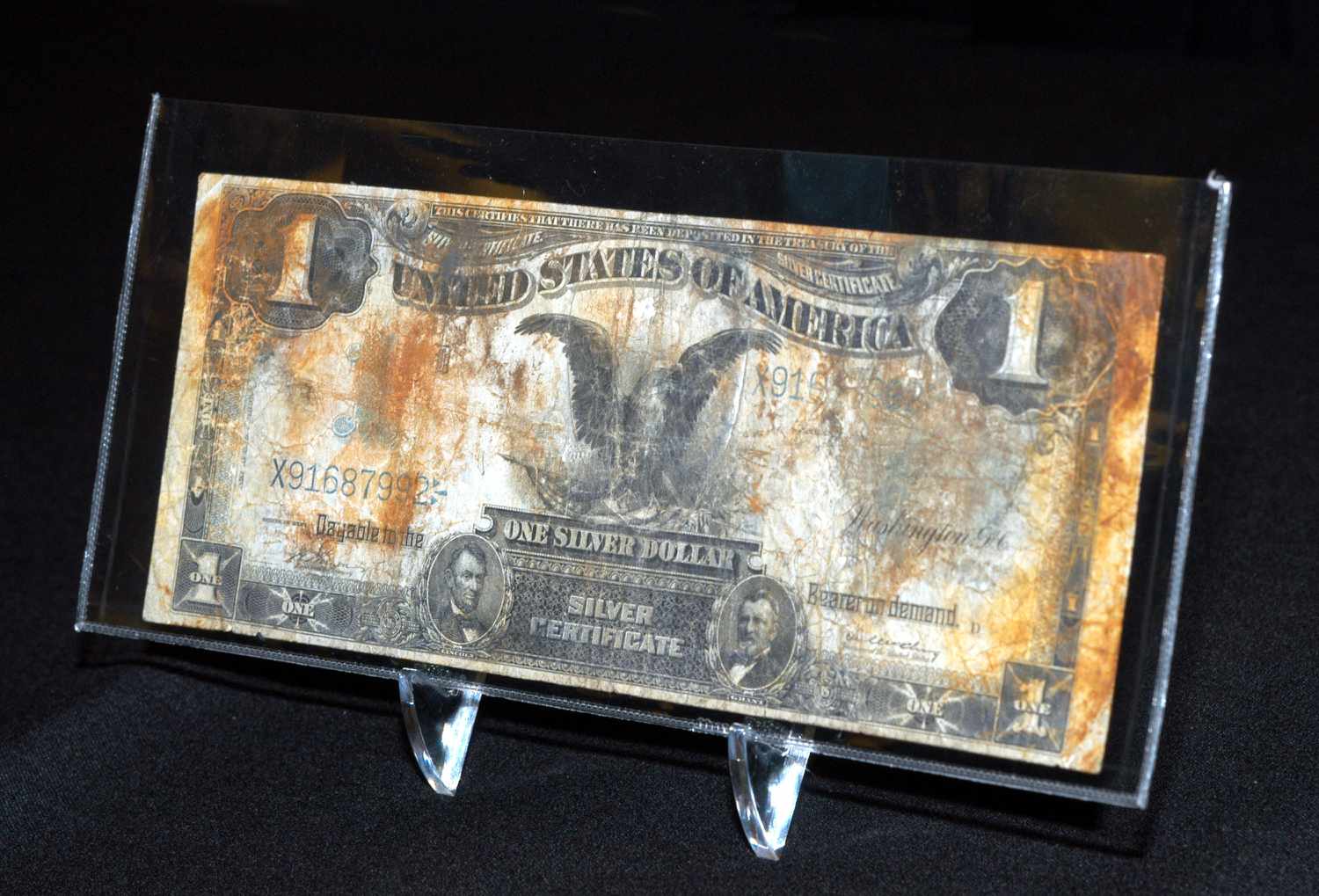
A silver certificate dollar bill represents a unique time in American history. It was a type of legal tender that was issued by the federal government in the late 1800s. As the name suggests, the holder of a certificate could redeem it for a certain amount of silver. One certificate allowed investors to hold silver without having to buy the precious metal itself.
These certificates no longer carry monetary value as an exchange for silver, yet they are still legal tender at their face value. In the market, silver certificates are often worth more than their face value (e.g., $1) as collectors still seek out these prints. Their history dates to the 1860s, when the United States rapidly developed into one of the top producers of silver in the world. This ushered in a new monetary structure in the U.S., of which the silver certificate is a unique historical artifact. In this article, we look at the history of this form of currency and how much they're worth today.
...
In addition to the grade, there are various features found on certain silver certificates that increase their worth to a collector. In general, a silver certificate with a star in the serial number or error on the face of the bill is worth more than a silver certificate of the same year, grade, and denomination without these features.
Star notes from 1957 are common and some collectors won't buy them. The errors may include folding, cutting, or inking mistakes. In addition, unique and interesting serial numbers are more valuable to investors. For example, a serial number with each digit as the numeral two holds more value than a random combination of numbers.
...
More:

Silver Certificate Dollar Bills: What They're Worth Today
Silver certificate dollar bills can no longer be exchanged for silver, but the date, grade, and unique features make certain certificates very valuable.

